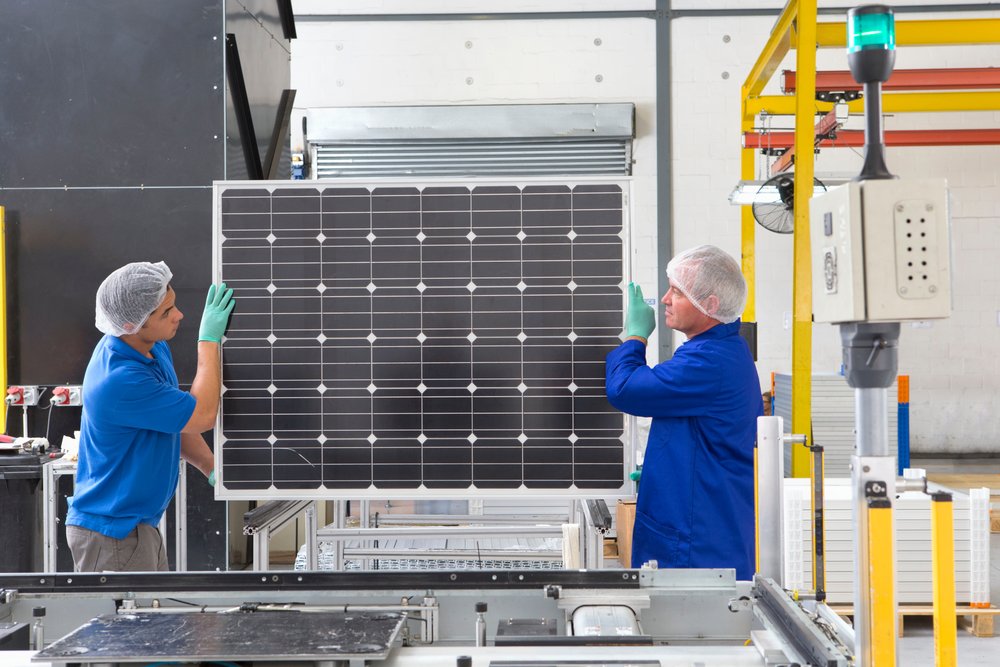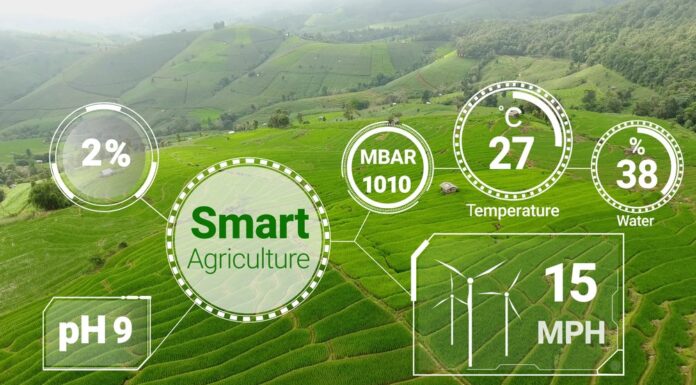Internet of Things (IoT) devices are high green technology tools that make it possible to communicate and interact over the internet. Today, there are millions of types of these devices designed for monitoring, transmitting, and securing our home. Most IoT devices today require electric power in the microwatt range in order to operate indoors. If you live in a large home, regularly replacing batteries for these devices can be a lot of work. To overcome this inconvenience and reduce battery waste, scientists are now building a new type of solar cells that can harvest energy from indoor lighting.
Indoor Solar Cells
Indoor solar cells are made using a copper-complex electrolyte. They are the most efficient power converters even under ambient lighting conditions. Unlike the traditional solar cells which are made from crystalline silicon, these new solar cells are made from dye-sensitized solar cells which are more efficient at converting artificial light to electric power.
How Do They Work?
Indoor solar cells are built so that they are flexible and have a light-absorbing layer. This allows them to be optimized for light of different wavelengths (including indoor light). They come in various types but the most successful are the organic, dye-sensitized, and perovskite. With the help of artificial intelligence, the cell system can give output according to the level of illumination. This helps reduce energy consumption and battery waste.
The problem with the conventional solar cells is their poor response to light levels. Since they are “solar cells”, they are only effective under direct sunlight which has a light density of 30,000 to 100,00 lux. Our home’s typical lighting only ranges from around 50 to 150 lux. At these levels, solar cells can’t produce any form of usable power.
Excellent Power-Conversion Capabilities
In the study conducted by researchers from Germany, Italy, and Columbia, the new solar cells delivered power-conversion capabilities of more than 20 percent under 200 lux, which is the typical lighting in most homes. They can make indoor efficiency three times better than the crystalline silicon. The strongest benefit of these kinds of solar cells is their low price and flexibility.
The technology is still not perfect though. Perovskite solar cells are found to be more fragile than the traditional solar cells. They can degrade when exposed to moisture, too much heat, and ultraviolet light. These drawbacks make them impossible to be used outside the house.
Organic Solar Cells
In a similar study in China, researchers developed a new type of solar cells through a combination of donor and acceptor materials. They used it as the active layer for the “organic solar cell’. This layer absorbs wavelengths of light around it in almost all kinds of indoor environments.
They created two variants. One which has an area of 1cm2 and the other 4cm2. When the smaller one was exposed to ambient light at 1000 lux, they found that it converted as much as 26.1% of energy to electricity. The larger one maintained an energy efficiency of 23 percent. This research is very promising knowing how much we would probably rely on IoT devices in the near future.
Dye-Sensitized Solar Cells
European scientists are developing a dye-sensitized solar cell that is based on a copper-complex electrolyte. It is basically made of organic dye which though a chemical process becomes crystals which are sensitive to light in the red, green, or infrared regions of the spectrum.
They tested it on a thin square of conductive glass and found promising results. It converted as much as 34 percent of ambient light into electricity and around 31.4 percent from fluorescent lamps. These new solar cells have amazing advantages indoors as they can maintain high voltages in low-light settings. According to the researchers, it could revolutionize indoor digital sensing for offices, greenhouses, and other smart devices.
Conclusion
The Internet of things has been rapidly growing for the past few years so much that experts estimated that by the year 2025, there will be around 75 billion IoT devices around the world. The battery required to cover the energy needs of these products would be too large. There are also significant negative effects on the environment from the disposal of these batteries.
If we want to help save the planet, we must find a way to conserve batteries and seek alternatives. Indoor light harvesting through these solar cells can prove to be the solution. If implemented, powering our smart homes in the near future will no longer be a problem. In fact, these new indoor solar cells could be the future power source for almost all devices. Its brilliant combination of high-efficiency and low cost makes it important for IoT sustainability.










